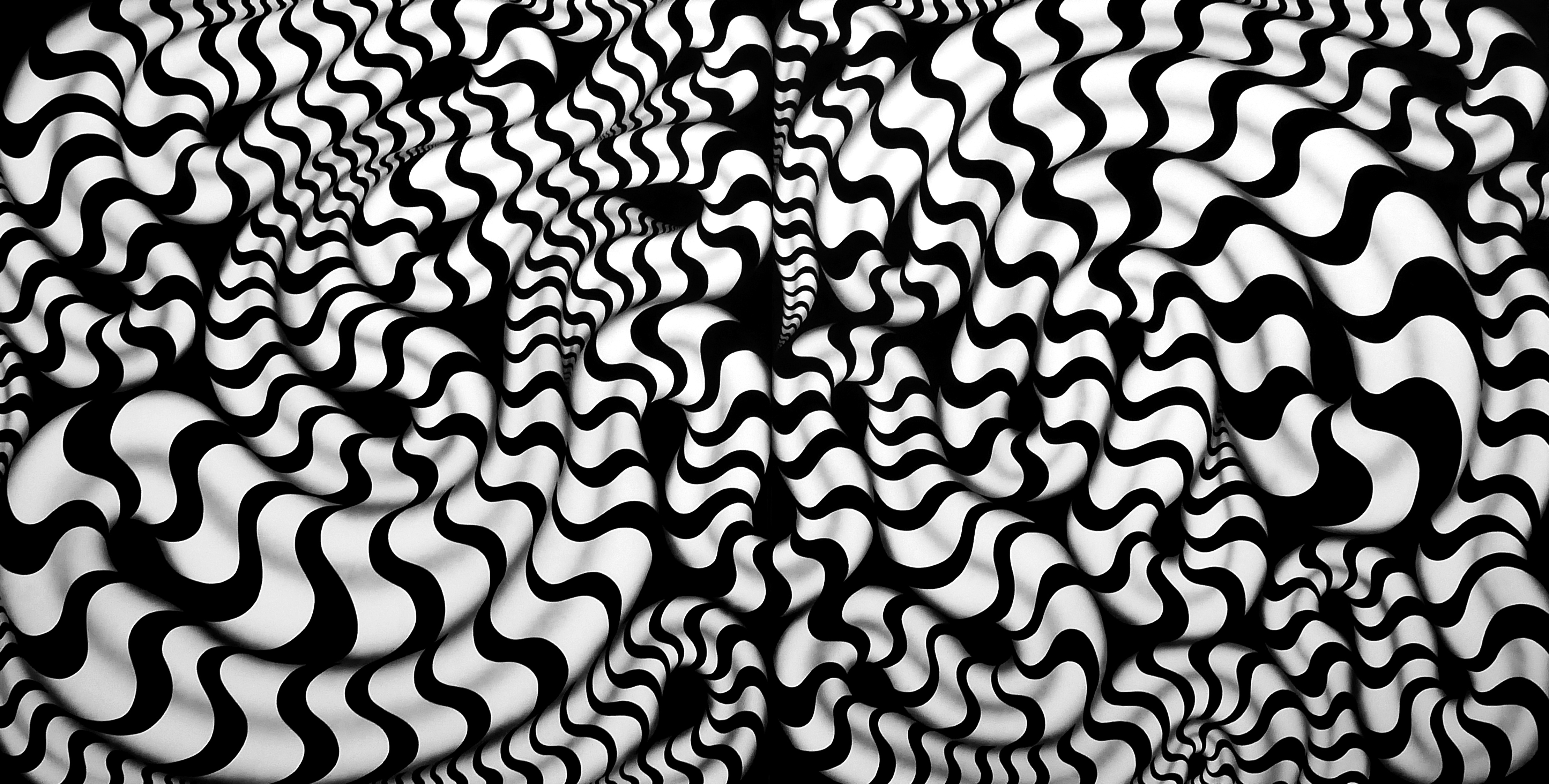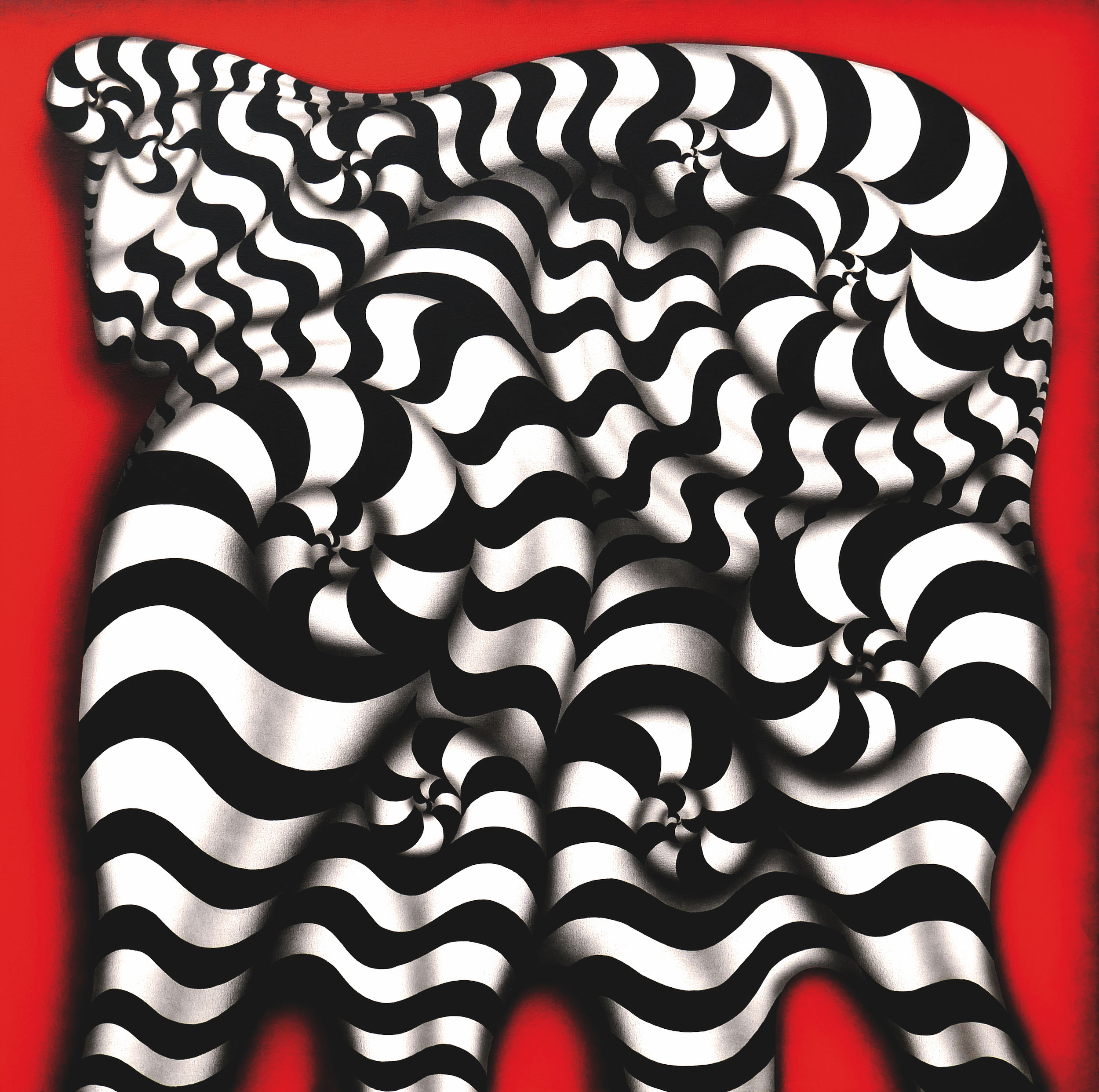
Diego Masi
LA MEDIDA DE LA TIERRA
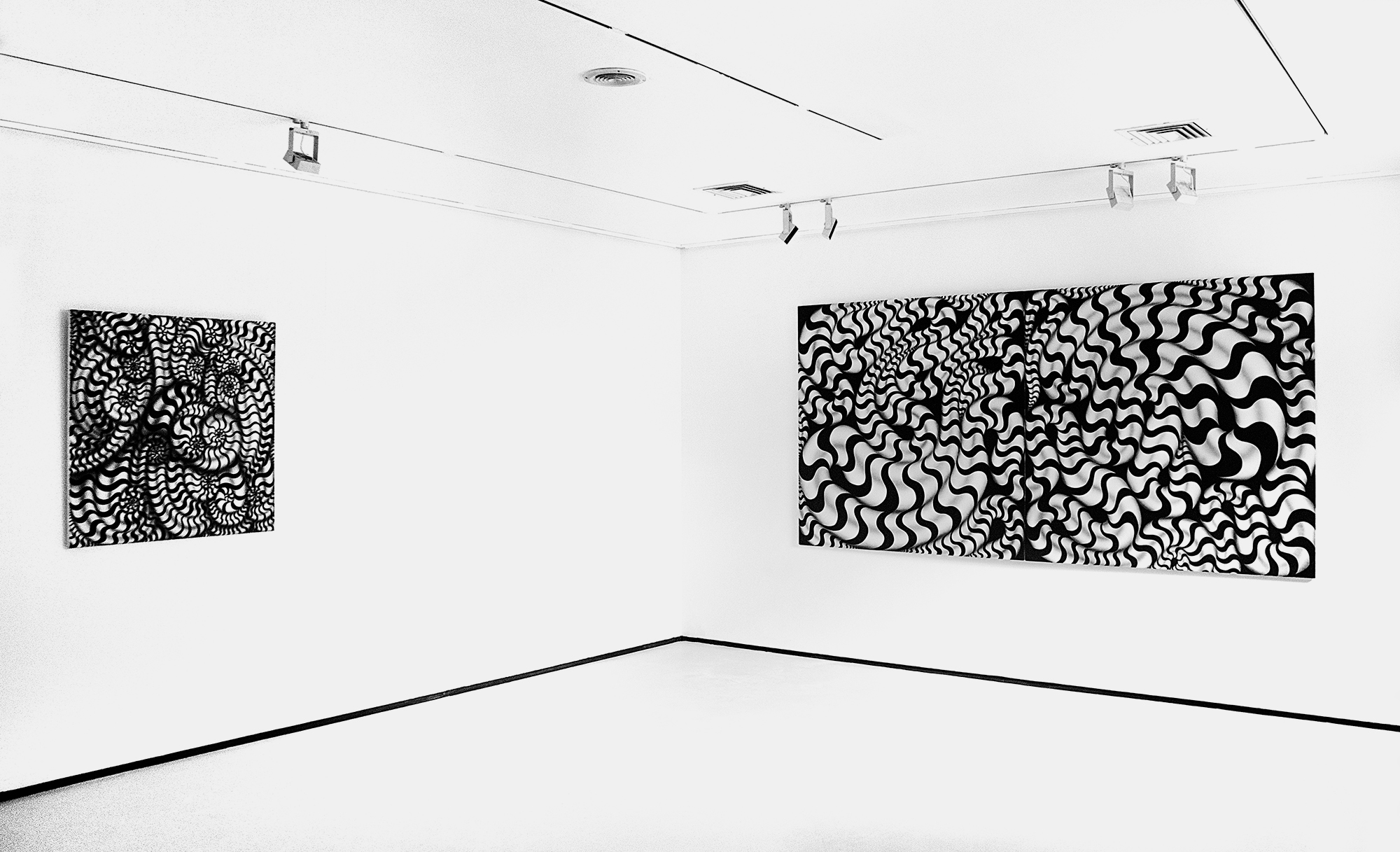
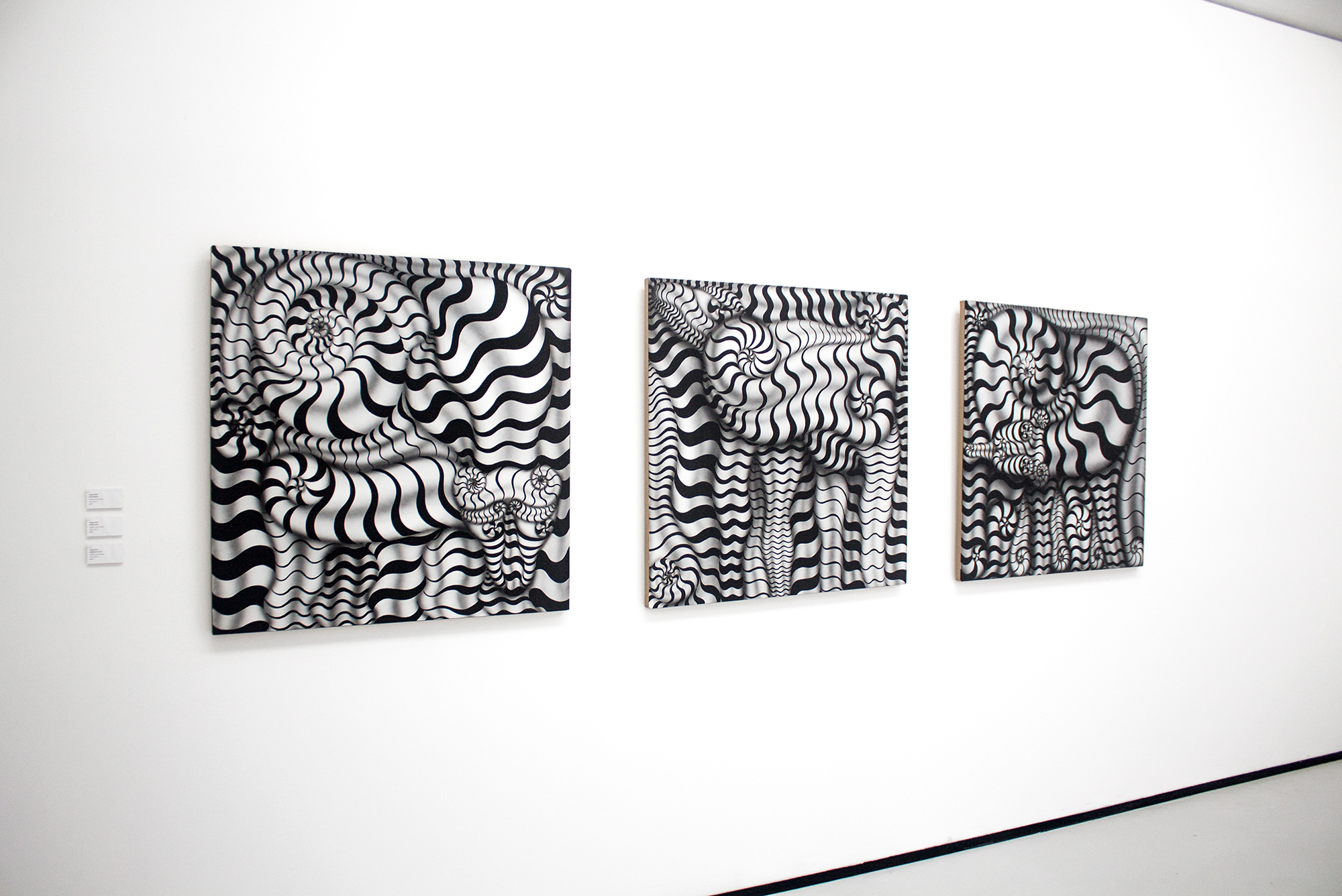
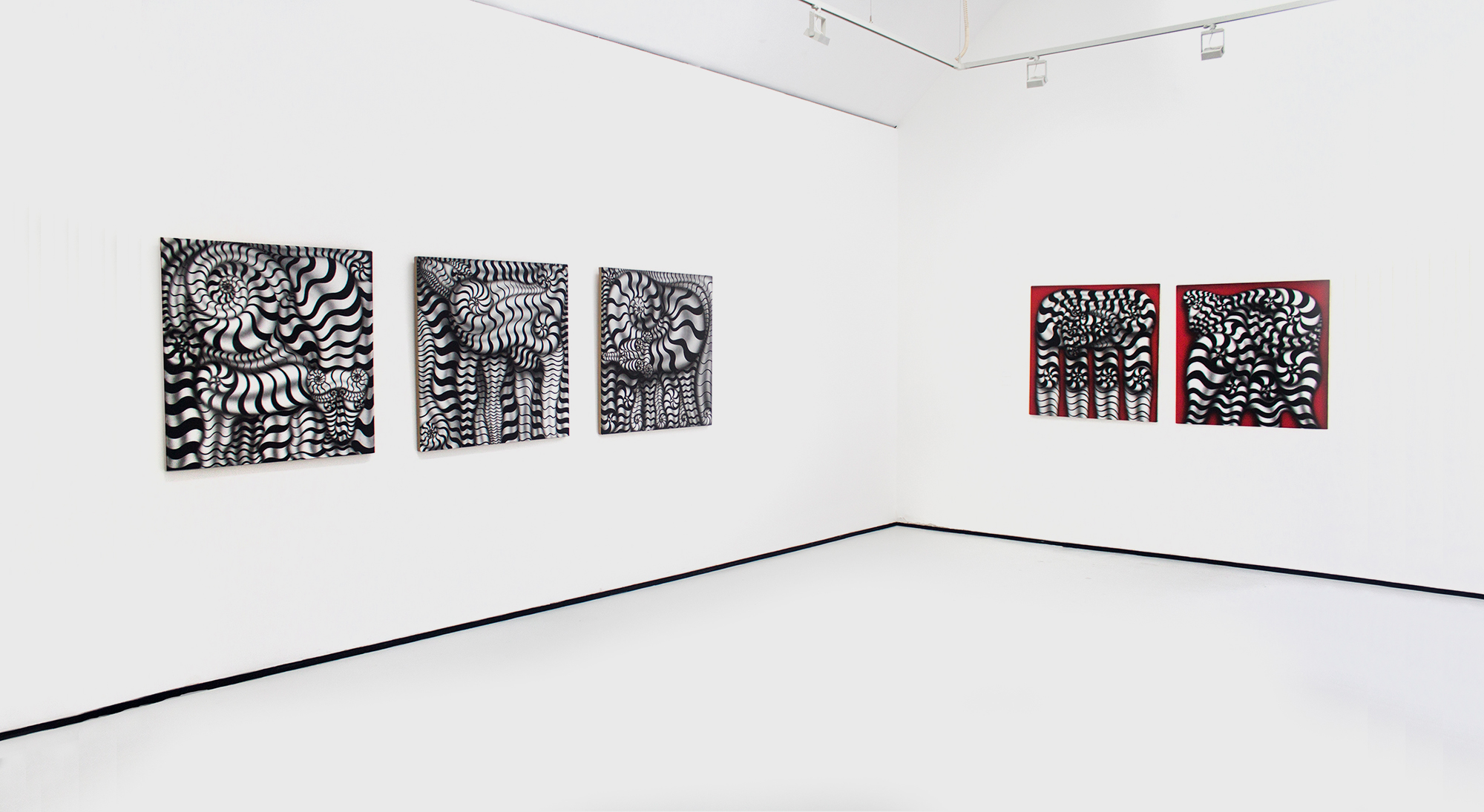
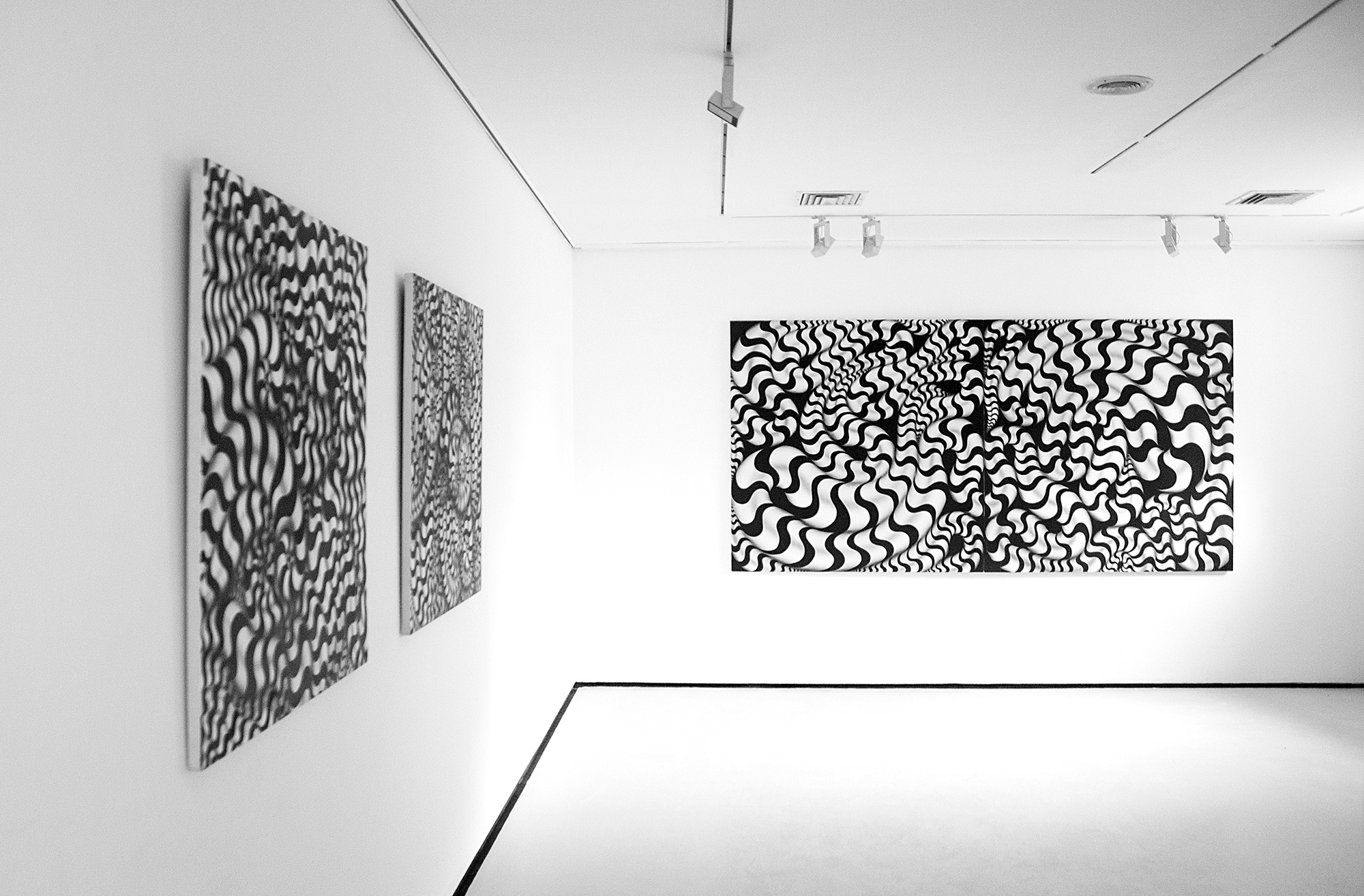
Diego Masi's artwork is influenced by the concept of geometry, which is rooted in the Greek language, where the words "ge" (Earth) and "metría" (measurement) come together. Geometry is the area of mathematics that abstractly studies the properties and characteristics of figures and space. Geometry has been present in Masi's early works and is reflected in his paintings, mechanical installations, and interventions in public spaces. Geometric art becomes explicit through the repetition of orderly and organic forms, in which he plays with differences, similarities, proportions, and disproportions. The recurrent use of bicromy serves as a structural support to work with opposites and generate a sort of binary code that blends with the geometric organicity of his works. These artworks function as a visual language as well as mechanical movement. The absence of clear references and symbolism is a deliberate abstention from influencing the viewer, allowing the artwork to be perceived as something new, even when the used figures may appear familiar at first glance. In reference to the concept of geometry, one could understand Masi's work as a dialogue with nature and science, where the construction of human thought converges with the inherent organic structure of living beings. His entire body of work relates to nature in the ever-changing quality of its structures, which, like the Earth, remain in continuous transformation and can be understood as an organic unity. Jacqueline Lacasa, an art critic, curator, and former director of the National Museum of Visual Arts in Montevideo, Uruguay, has written about Masi's work: "The Framework of Silence: Diego Masi's work is the result of extensive exploration and research in the field of audiovisual production. His work demands a particular type of attention, both in the formal aspects of his pictorial definition and in other projects that involve complex installations or urban intervention projects that have marked a new way of seeing and making art in the city. His painting is a field of forces, subjected to the constant contrast of black and white, achieving multiple planes with perspectives that get lost in spirals and recesses. In this process, the artwork takes on a particular physiognomy, with each layer of paint combining in multiple movements, and the eye prepares to capture what the artist proposes as an action device on the plane, an endless specular exercise, guided by the overlapping contrasting areas that rise from the surface. At times, this movement seems to give life to characters with amorphous proportions, resulting from a concentrated and profound irony. The artist activates a device that goes beyond the line and the point on the plane, and with the kinetic component of the artwork, Masi manages to summon a part of the world he installs on the canvas through masterful technique, generating artifacts that follow the rhythm of his painting towards the three-dimensional. Silence in his work is the framework within which the forces that arise from the gaze of the Other operate, that Other who engages with his mobility and becomes part of the real space of play and the reproduction of senses, offering enjoyment and disturbance through the artwork."
Receive more information on available works from this exhibition.


Perfilada
2009 Acrylic on canvas 102 x 102 cm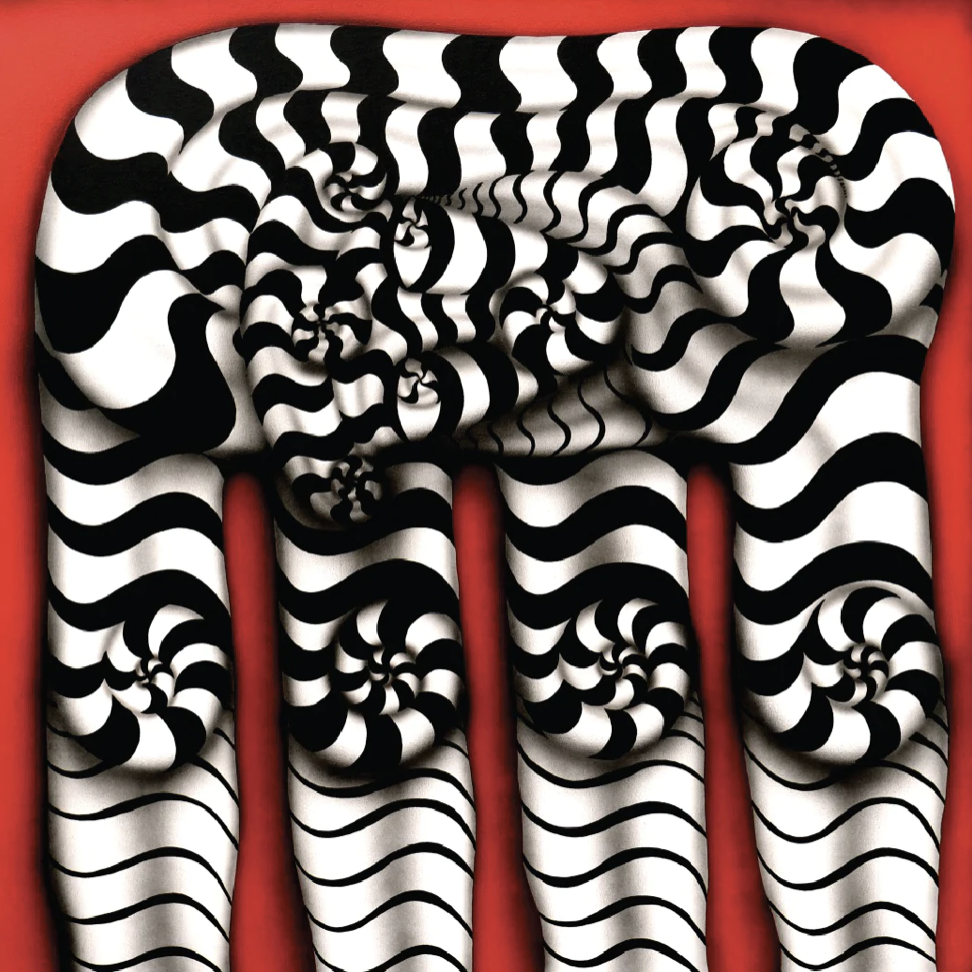
Horizontal
2008 Acrylic on canvas 102 x 102 cm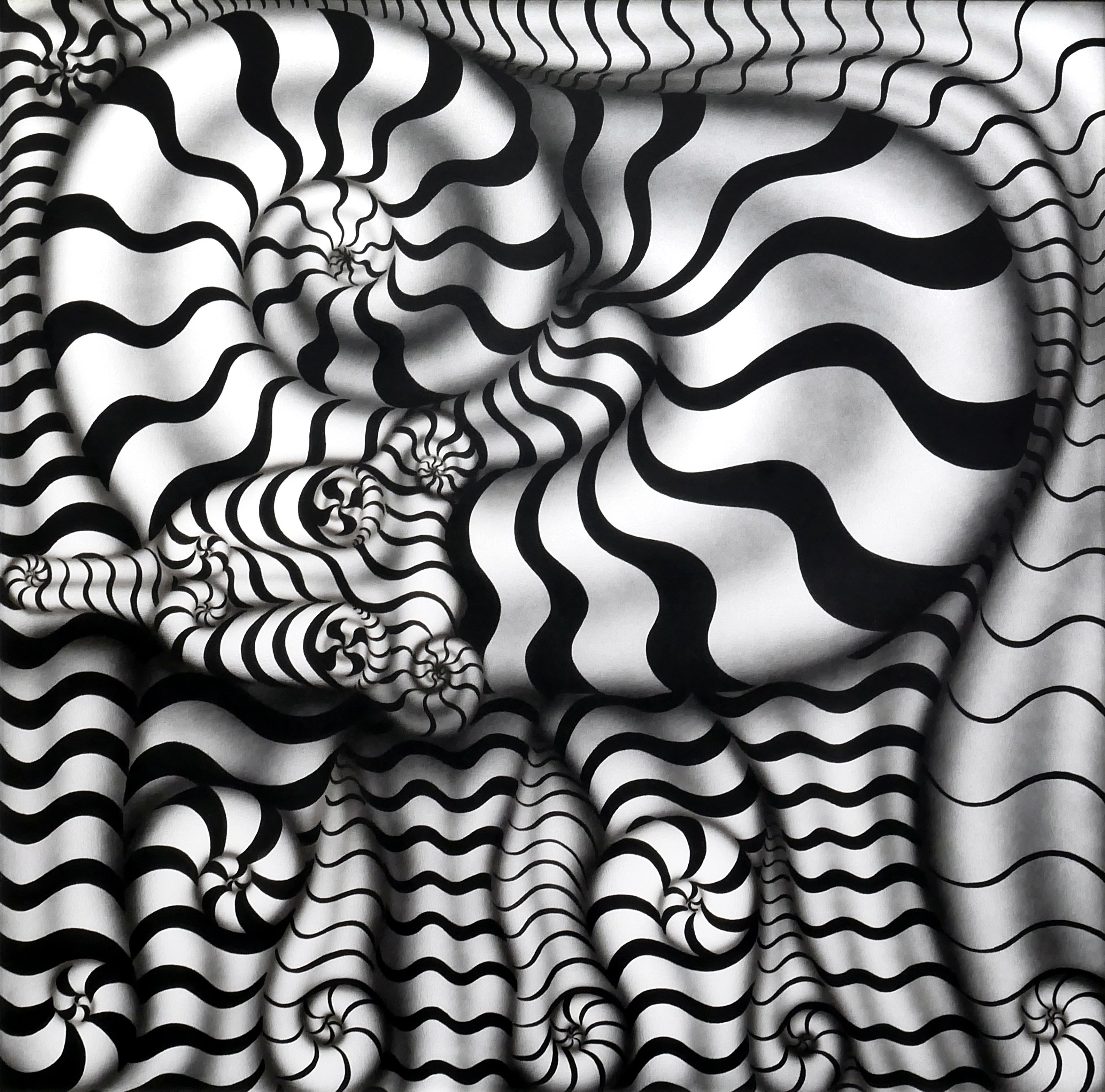
Enroscada
2009 Acrylic on canvas 102 x 102 cm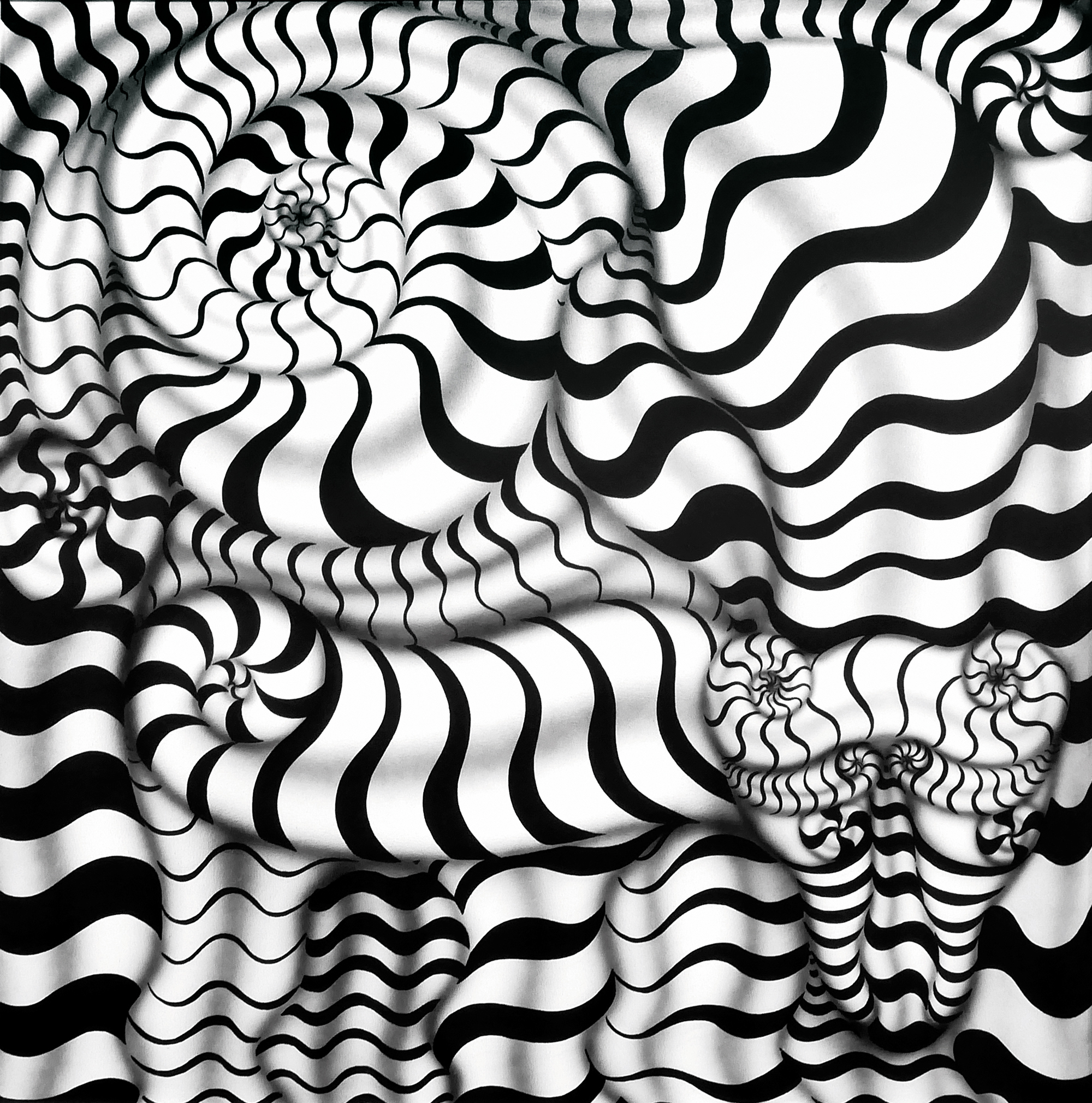
Búsqueda
2009 Acrylic on canvas 102 x 102 cm